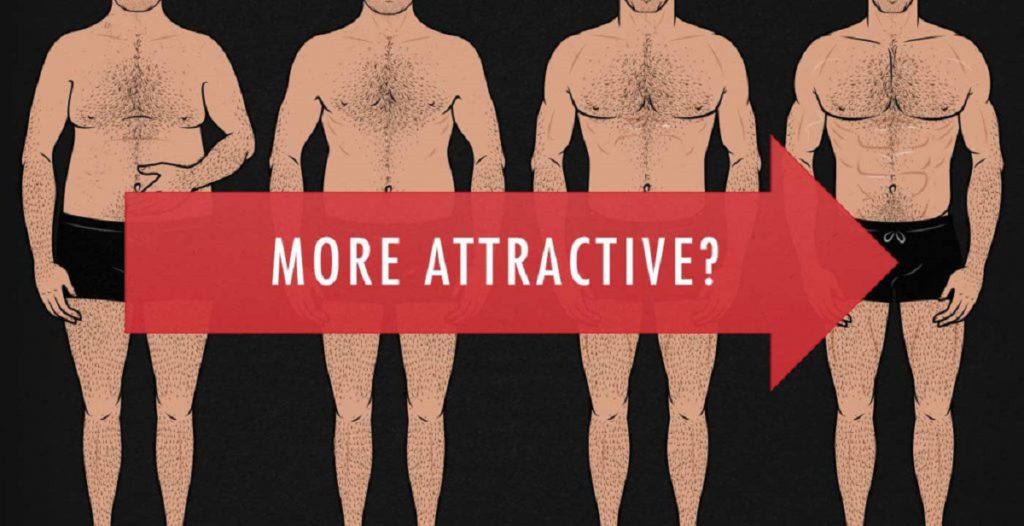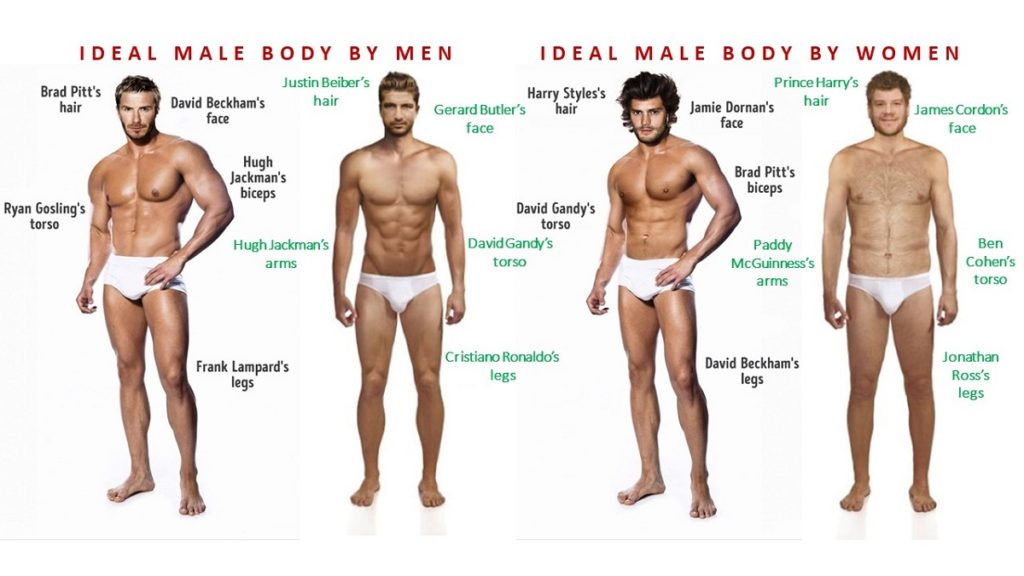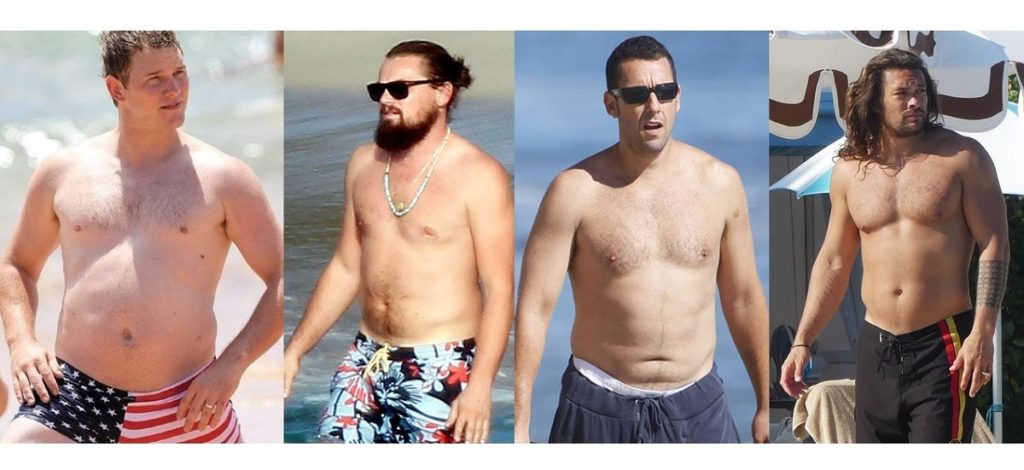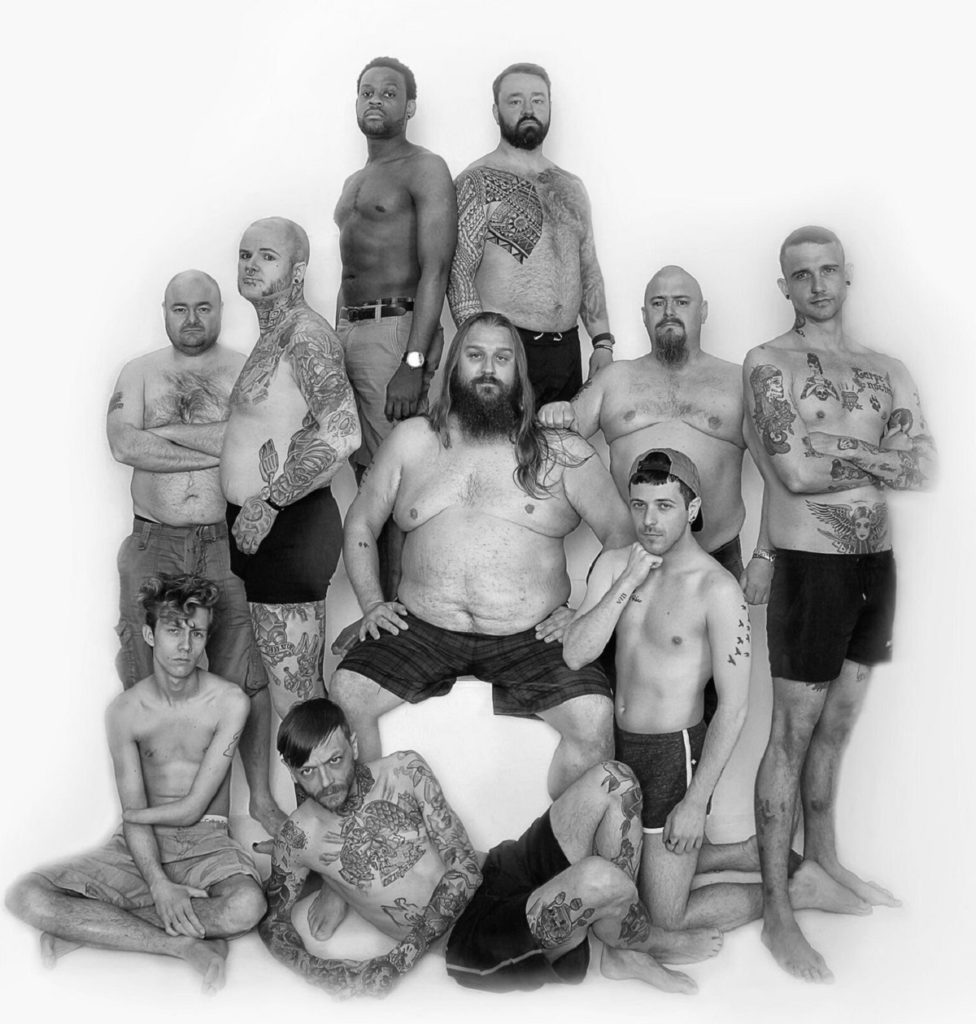Male Body Shaming: It’s As Hard To Be Ken As It Is To Be Barbie
When one looks up terms such as “body positivity” or “body image” on the Internet, the majority of content concerns and focuses on women – barely any considering men. Male body shaming is often kept out of the picture. In spite of body shaming being usually addressed in the case of females, men share more or less similar characteristics of body image with women. Although less talked about, studies prove that like women, men too bear insecurities regarding their body image. The differences that persist between the two sexes are that males are generally less vocal and seek help less often in comparison to females. As a consequence of less acknowledgment in society, men often fail to accept or even work on their issues.
Men are often seen being worried about deviating from the “ideal body” – either being too thin or too heavy. However, shaming is not only restricted to the bulk of muscle but is much deeper and highly complex. Male body image concerns aspects like body shape, skin, hair, genital size, aging, and height.
Not Man Enough
Men are often made to feel like they need to change in order to be accepted and loved by others. They are weighed down with phrases like ‘too fat’, ‘too skinny’, ‘too hairy’, ‘too smooth’, ‘too short’, ‘too tall’, ‘man boobs’, ‘dad bod’, ‘baby carrot’, ‘tiny pecker’. The situation is aggravated by how men are expected to “be strong” and not crib about their problems, and thus remain silent. Men opening up about their mental health are perceived as not “man enough” or “tough enough” and are rather advised to “grow a pair of balls.”
When men confront unfitting body expectations, it results in the development of numerous eating disorders, muscle dysmorphia, and an unhappy lifestyle. Consequently, boys and men also suffer from depression, social anxiety, loss of self-esteem & confidence, and insecurity. Dissatisfaction can lead to the mind being preoccupied, obsessed, and distressed. Disorders like anorexia and bulimia may develop, which cause diet restriction, over-exercise, and purging. People may even succumb to the overuse of supplements and steroids. Often, people fall into the trap of cosmetic products and surgeries, which claim to be promising. Procedures like liposuction, nose surgery, breast reduction, and facelifts amongst males have increased more than 300% in the last 30 years.

Where It All Begins
Tendency to judge one’s body develops at a young age – as young as 7 years. On many occasions, children start avoiding certain foods because it might make them fat. Boys with bodies deviating from the ideal type are generally bullied since childhood. Family members teach young boys to restrict under the boundaries of masculinity – be strong, no display of emotions, and maintain the perfect body type. While a girl’s puberty is now welcomed and celebrated, puberty in boys is still not talked about enough.
Beginning from family, the struggle continues amongst peers in school and college. We see no harm in shaming boys by using certain names that define their appearance. According to a study conducted in numerous Universities across the United States, almost 95% of college-going males exhibited discontentment with their bodies in some aspect. Both, homosexual and heterosexual young adults are known to experience much more body image disorders than those of other ages. LGBTQIA+ community faces an even higher concern regarding their bodies.
This indicates the necessity of paying more heed to struggles faced by men due to the standards set by society. The negative body image concept in men is as disturbing and outrageous as is slut-shaming for women. Surveys conducted by Jamaco, a British menswear brand, and Bluebella, a lingerie brand, reveal the standards that men and women have set for a “perfect male body.”

The Perfect Body
Boys are exposed to an ideal masculine body at a very tender age, which influences their take on body development. Television unveils celebrities with chiseled jawline, six-pack abs, huge biceps, and bulging genitalia beneath tight shorts. Superheroes, like Batman and Superman, that are idealized by young boys, set unrealistically high standards, causing a wave of “superhero effect” amongst young boys. Advertisements often promote body shaming, such as those circulated by gyms. Moreover, the concept of plus-size is centered around women, as ads lack plus-sized male models.
Social media applications like Facebook, Instagram, Snapchat have become sources of comparison to digitally altered and unattainable photographs. There is content suggesting an ideal male body according to science. A perfect body comprises broad shoulders, bulging biceps and triceps, a flat chest, a V-shaped torso, a narrow waist, well-defined core muscles, developed leg muscles, and sculpted calves. Media has also led to rise in the use of sexual terms which are based on the appearances of men – like metrosexuality, lumbersexuality, and spornosexuality.
However, it is unfair to put the entire blame of negative body image on the media when criticism of physical appearance is generally carried out by parents, relatives, friends, and significant others. One may succumb to concerns about physique due to peer pressure. These are exacerbated by the silence that men are expected to keep.
Dad Bod
Body shaming is extended to the world of glamour, where celebrities are talked about their “out-of-shape bodies.” Grammy Award winner, Sam Smith has been called “ugly, fat, and even effeminate.” The Academy Award Winner, Leonardo DiCaprio has been re-named as “Leolardo DiFlabrio” owing to his “new-found paunch.” TMZ, a gossip website has crossed all boundaries by dedicating an entire section to “Livin’ Large,” as it targets celebrities on their appearances. Chris Brown, Tom Cruise, Rob Kadarshian, Adam Sandler are just a few names amongst the endless list. Jason Momoa, the Aquaman, has been called to have a “dad bod” along with the Guardian of our Galaxy, Chris Pratt. Some stars have opened up about their struggles with the way they look – suggesting body image to be a problem even for the famous and successful.

Conclusion
The topic of male body shaming as an issue has generally been neglected, suggesting body image to be traditionally a gender-biased problem. It is thus required of us to encourage men to open up about their health and seek professional help, if necessary. In addition to that, we must put our efforts to promote realistic body image for men. Once we understand that men are beyond their muscles, we can begin to change the culture of ideal bodies toward more productive ends of health, body acceptance, and celebration of all body types. It is without a doubt plausible to re-learn how a healthy body feels, through therapeutic and educational measures.
What is centered around women requires an equal representation of sexes in the form of body positivity movements and campaigns.

Author


1 thought on “Male Body Shaming: It’s As Hard To Be Ken As It Is To Be Barbie”
I really hate how now society is making fun of men that have hair on their chest or armpits and are not all shaved and perfect. This is so wrong. There is nothing wrong to be just a regular men with hair an all. Stop body shaming!